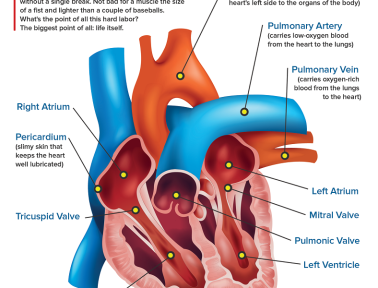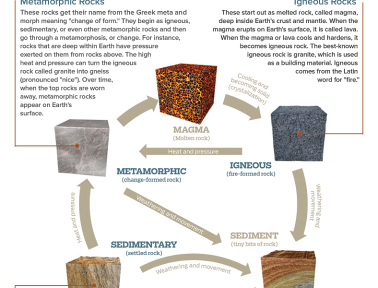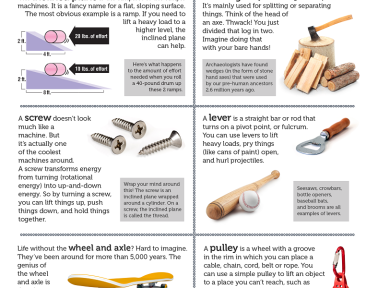Between all the prescriptions, over the counter drugs, vitamins and supplements for ourselves and our families, many of us have several bottles and boxes of medicine in our homes. It can be hard to keep track of it all, and if we have young children at home, too, that can be a recipe for disaster. As a child safety researcher, it’s part of my job to think about how medicine is stored around kids. But, when I’ve talked to friends about the risks of children getting into medicine, many seem to think that because they keep a close eye on their kids “it won’t happen to me.” Unfortunately, it can and it may… it happens to more than 440,000 children each year and it even happened to my sister.
When my nephew Calvin was about 2-years old, he watched curiously as my sister Shelagh gave my niece liquid acetaminophen to help with teething pain. When she was done, my sister put the medicine bottle on a bookshelf that was higher than Calvin could reach but still within his sight. When Shelagh came back just a few minutes later, Calvin proudly announced to his mom that he had “taken medicine.” Shelagh – thinking that the bottle was out of reach – had not put the cap back on all the way. In a few short minutes, Calvin had cleverly used a stool to reach the bottle and drink almost all of it so he could take medicine just like his sister. Thankfully, Calvin was OK – even though he had an extra-long nap that afternoon – and my sister learned a valuable lesson about safe medicine storage: putting medicine up high is not enough to keep even little kids from getting into it.
But Shelagh is not alone in thinking that keeping medicine out of reach means it’s safe. In our recent research study, Safe Kids Worldwide found that, while 9 in 10 parents surveyed agree it’s important to store all medicines up high and out of sight after every use, nearly 7 in 10 parents report storing medicine within a child’s sight (on a shelf or surface at or above counter height). We also found that it is not uncommon for parents to keep medicine handy and visible between doses. Unfortunately, as my sister found out the hard way, it can only take a minute for a child to get into medicine.
And it’s not just our study. The research is clear on how important it is for parents to understand that safe medicine storage means keeping medicine both out of reach and sight of children. Two articles published in May in the journal PEDIATRICS, help further highlight the need to ensure parents understand safe medicine storage. The first examines prescription opioid exposures in children and adolescents between 2000 and 2015. About 60 percent of the 11,779 exposures were in children under age six and nearly 9 in 10 involved an unsupervised child getting into the medicine. The second article looked at exposures to cough and cold medicines among children under age 12 years that occurred between January 1, 2009 and December 31, 2014. This study found that, of the 2,183 unintentional exposures where the child got into the medicine when a caregiver wasn’t looking, 61 percent involved a child older than 2 but less than 4 years of age.
The authors of both studies underline the importance of educating parents and ensuring they understand that medicine should be stored up and away and out of sight and reach every time – and Safe Kids Worldwide agrees.
To protect kids like Calvin – and the children in your life – around medicine, we recommend that parents:
- Store all prescription and OTC medicines, vitamins and supplements up and away and out of sight and reach every time.
- Keep medicine in its original child-resistant packaging.
- Practice safe storage of medicine as soon as your first child is born.
- Put the Poison Help number – 1-800-222-1222 – into your phone and post it visibly at home.
- Instead of keeping medicine handy, use safe reminder tools to help you remember when to take and give doses.
- Set alarms on your watch or cell phone.
- Write a note to yourself and leave it somewhere you look often.
- Combine taking daily medicines with a daily task, like brushing your teeth.
- Use a medication schedule to make sure the right amount of medicine is given at the right time
For more medicine safety tips, click here.










